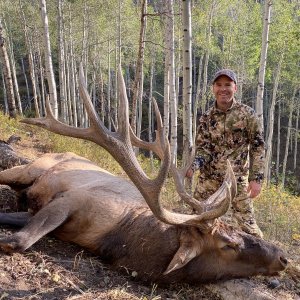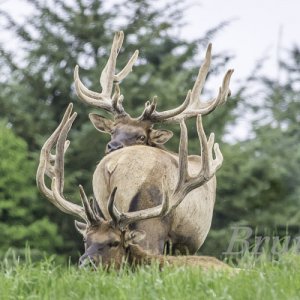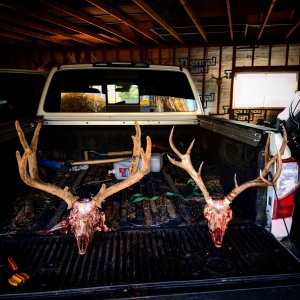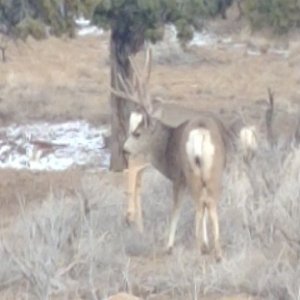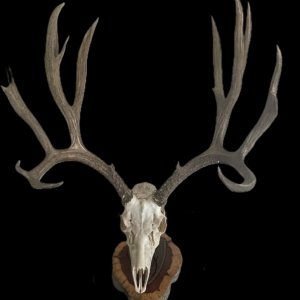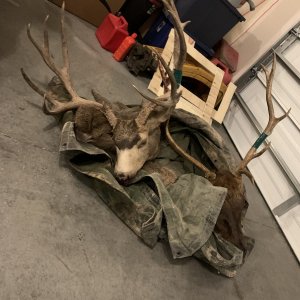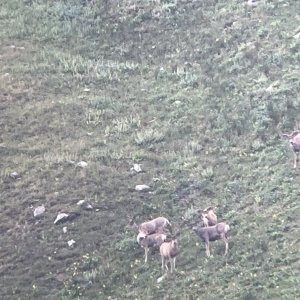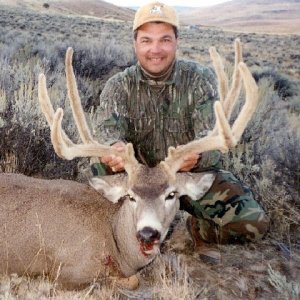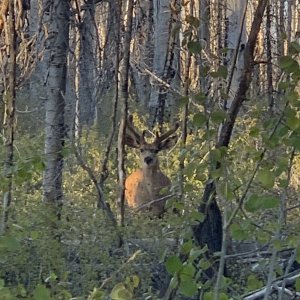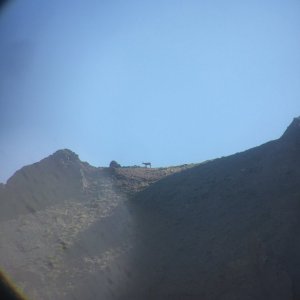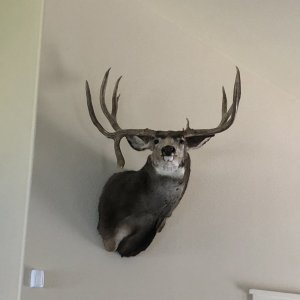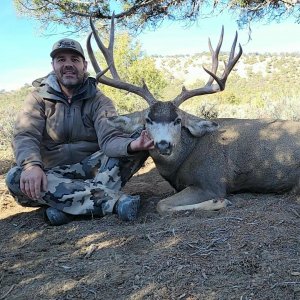T
TFinalshot
Guest
LAST EDITED ON Oct-29-10 AT 08:51AM (MST)[p]Seems as though the Pinedale area and it's deer are feeling the negative impacts of something . . . . dont yet know what it is, but it might be related to drilling and gas. . .
Read the story here in todays news:
http://trib.com/news/state-and-regional/article_fa6d49fa-a7b6-5335-82bf-8cc7d217ea69.html
www.tonybynum.com
"Roadless areas, in general, represent some of the best fish and wildlife habitat on public lands. The bad news is that there is nothing positive about a road where fish and wildlife habitat are concerned -- absolutely nothing." (B&C Professor, Jack Ward Thomas, Fair Chase, Fall 2005, p.10).
Read the story here in todays news:
http://trib.com/news/state-and-regional/article_fa6d49fa-a7b6-5335-82bf-8cc7d217ea69.html
www.tonybynum.com
"Roadless areas, in general, represent some of the best fish and wildlife habitat on public lands. The bad news is that there is nothing positive about a road where fish and wildlife habitat are concerned -- absolutely nothing." (B&C Professor, Jack Ward Thomas, Fair Chase, Fall 2005, p.10).

